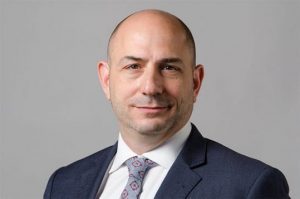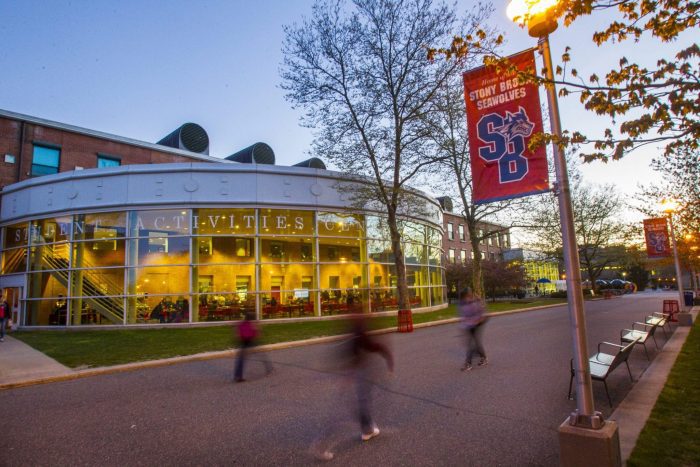By Daniel Dunaief
Like colleges around the state and country, Stony Brook University is preparing for the possibility that New York State students will no longer be required to pass Regents exams to graduate from high school.

During Covid-19, when many schools including SBU made reporting Scholastic Aptitude Tests, or SATs, or American College Testing, or ACTs, optional, the university continued to take a broader view of college applicants.
“The idea of holistic admissions has been something that has been gaining steam for a while,” said Provost Carl Lejuez in a wide ranging interview. Such an approach brings numerous potential student strengths into the admissions decision process.
“Judging by the success we’ve been having, we feel good about our ability to bring in the best students and help them succeed,” Lejuez added.
The admissions process at SBU has been considering additional factors, such as students’ educational experiences and opportunities, the adversity they experienced, and their trajectory and improvement.
A flagship public university, Stony Brook has become an important higher education entry point for students who are first-generation college applicants.
The university does not “want to make the process so onerous that it becomes less successful when you think of low income, first generation students who may not have a lot of the same opportunities” as students in wealthier, more established school districts, Lejuez said. The university wants to be “rigorous and equitable” in the strategy for bringing in the best students.
In the meantime, Stony Brook University recently completed its first full week after the departure of President Maurie McInnis, who had led the school for four years and is now the president of Yale University.
“The mark of a good leader is an organization that continues to thrive when they’ve gone and that is something, because they’ve created the right infrastructure and hired the right people and developed the right culture” that McInnis did, Lejuez said. “While folks are eager to have our permanent leadership in place, things are exactly how they should be.”
Indeed, Stony Brook in the coming days is expected to announce an interim president, who will take the reins for the university while the school conducts a national search, chaired by Stony Brook Council Chairman Kevin Law, for the seventh president.
Since McInnis’s departure, Stony Brook Medicine Executive Vice President Dr. William Wertheim has overseen operations as Officer-in-Charge.
Professor grades
In evaluating professors, Stony Brook uses student-driven evaluations. The university also has peer faculty observe classes and provide feedback.
“We are revising a lot of our promotion and tenure guidelines,” said Lejuez. “We’ve been very, very clear that you have to be an excellent teacher as well as an excellent researcher here at Stony Brook.”
Stony Brook emphasizes the importance of teaching at faculty orientation, where administrators urge new professors to visit and get to know the options available at the Center for Excellence in Learning and Teaching.
Through various assessments, SBU is working to ensure students are learning the lessons and ideas they should in classes.
The university made its first set of revisions this year by providing a midpoint feedback at the three-year mark for professors on a six-year tenure track throughout the university. Such feedback had been available for faculty in the College of Arts of Sciences previously.
“When you see professors who are struggling with their research or teaching, they should be getting feedback,” said Lejuez. “Sometimes they don’t get it until they’re going up for tenure. That’s not fair to the students or the faculty for that matter.”
To help students throughout their educational journey, Stony Brook invested several million dollars in increasing the number of advisors, while also increasing the support within the tutoring center.
These efforts have paid dividends, as the retention rate from first year to second year for students, which had been in the mid 80 percent range, is moving higher. Within two or three years, SBU would like to see that number reach 92 percent or more.
As for international efforts, the university plans to connect resources in places like the Turkana Basin Institute in Kenya, Centre ValBio in Madagascar and SUNY Korea, which is a partnership between SBU, SUNY and the South Korean government.
“I, as well as several deans and faculty, have made trips to all three in the past year and we are increasing our support,” said Lejuez. “We have also been ramping up fundraising efforts.”






